Language
WORLDWIDE SHIPPING
Deba knife Bunmei series by Yoshikin Global
As low as
€99.00
€81.15
Availability:
In stock
Only %1 left
The original BUNMEI knives are produced by the Global knife manufacturer, YOSHIKIN.
Bunmei knives are authentic Japanese kitchen knives using high-carbon, molybdenum and vanadium high-grade stainless steel that guarantee excellent cutting retention.
They have the same quality, but are built with a 'HONKI' wooden handle.
Bunmei are traditional Japanese knives, still widely used by Japanese cooks.
They are all sharp on one side only.
Thanks to the 'sanding' of the blade that makes the blade satin, the foods create less friction to the blade and break off more easily.
The Deba knife is the traditional stable and heavy Japanese ax with a resistant and wide blade, the front part of the blade is used for precision cuts while the back is used by "blow" to break small bones and / or fish bones.
Hardness of steel HRC 56-57
Blade thickness 4.75 mm.
Made in Japan
Delivery time: 5 days
FAQs

 IT
IT FR
FR
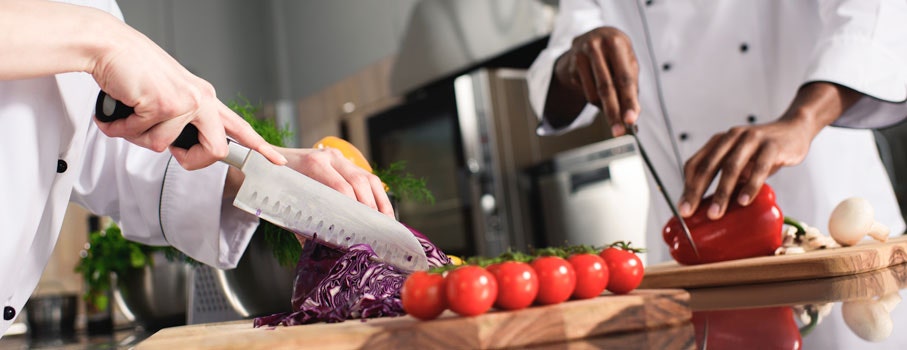
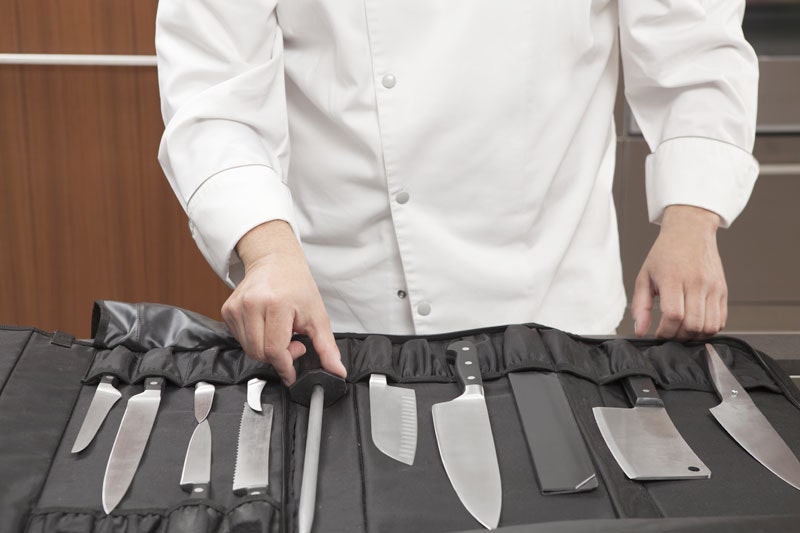
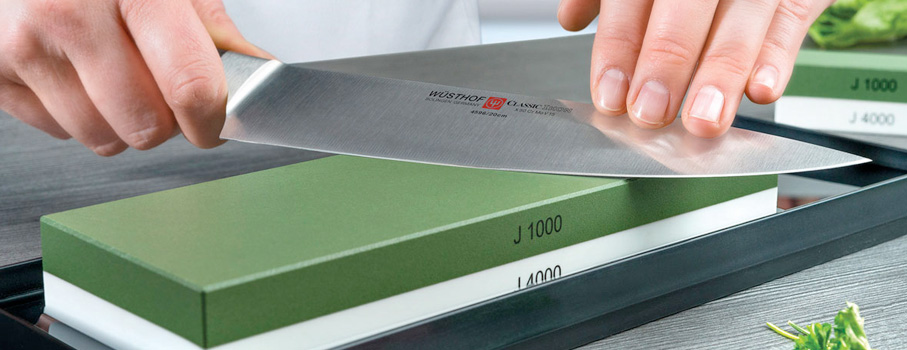
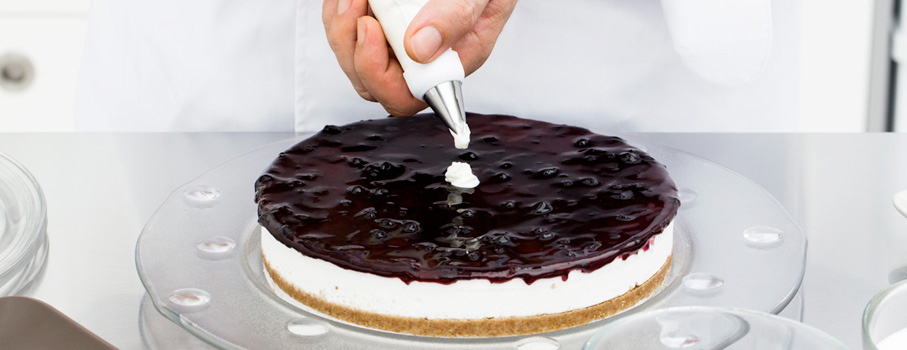

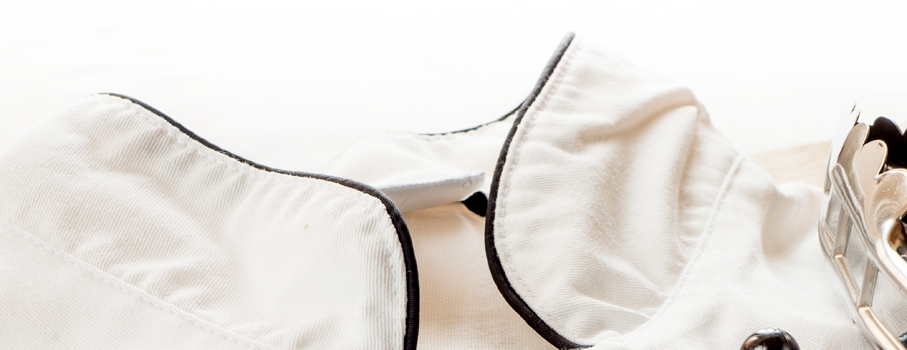
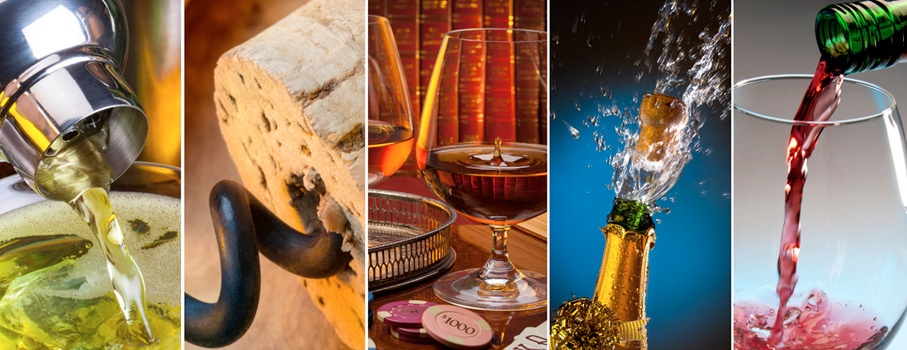
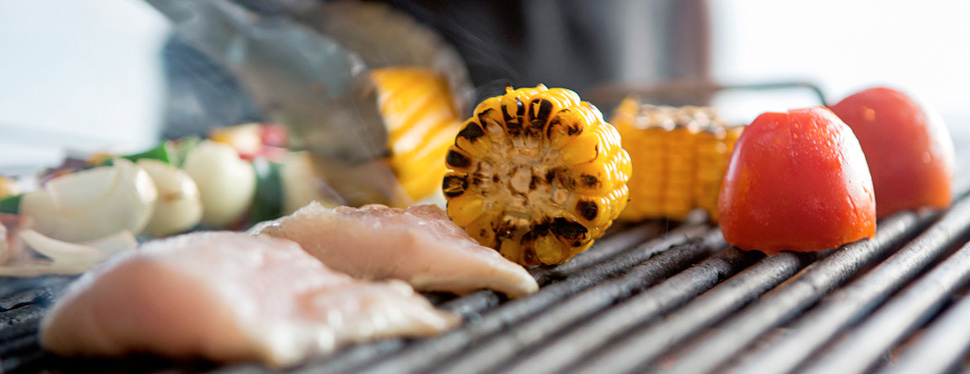

 IT
IT FR
FR
